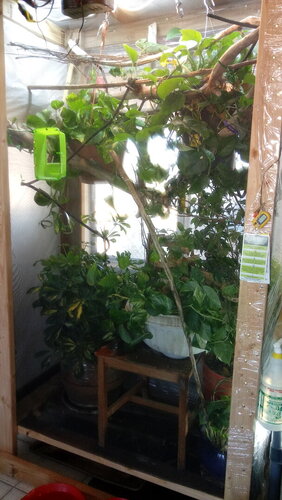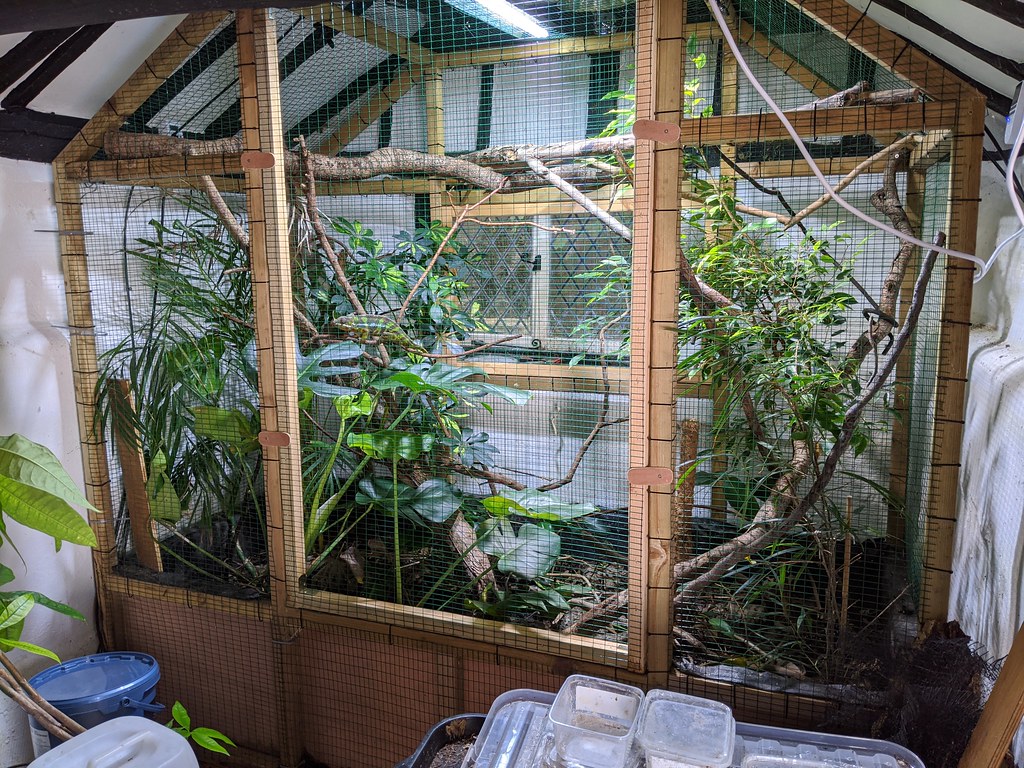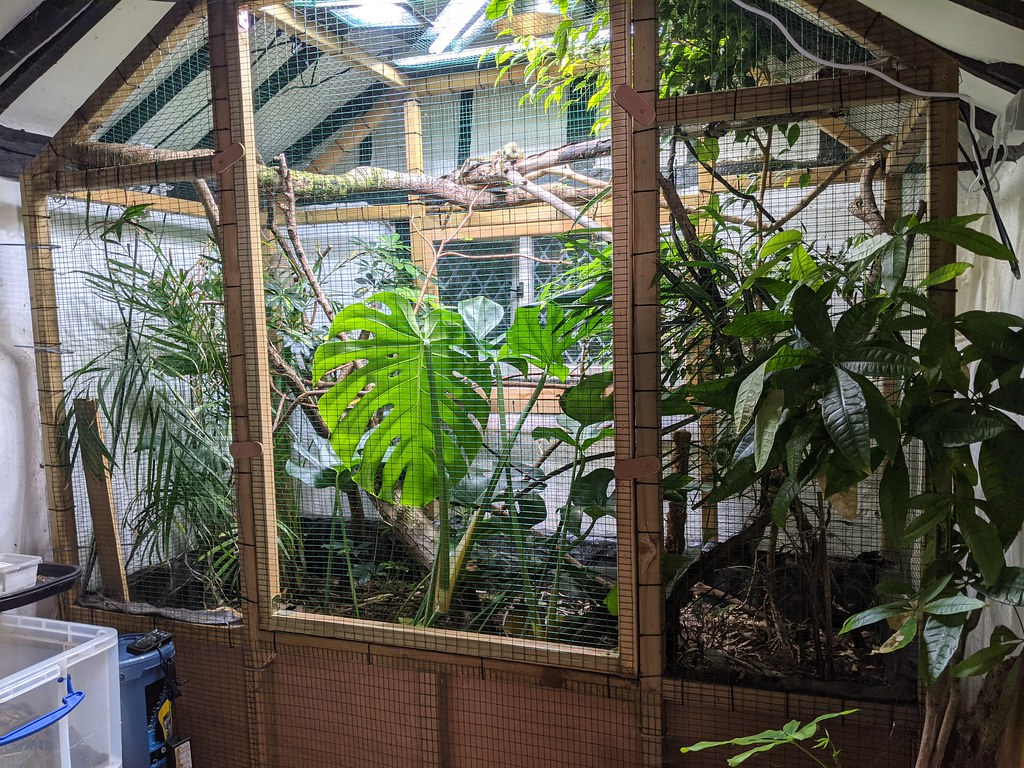Cheeky
Established Member
Hi,
I am just finishing off a new house for my Panther Chameleon.
Its 2.0m wide, 2.5m high (in the middle) and about 1.5m deep.
Build pictures:












So, now you're caught up.
No its not finished still need to add more branches, plants etc these were just some spares I had
Where I could do with some help is around lighting.
I'd really like to get as close as I can to recreate a wild environment but i'd also like to minimize the chances of burns or damage to my Chameleon. Long term plan is to have a sequence of lights controlled by a smart timer that takes a weather / temp feed from somewhere in Madagascar so that day temps can vary along with regional temps.
Given the size of the enclosure, should I be looking at Metal Halide or Mercury Vapour? bulbs?
Ideally id like to provide the kind of lighting / UV levels they would see in the wild but also offer appropriate areas of shade to retreat to.
Thanks for reading, here's some pictures of Kamil, my Cham


I am just finishing off a new house for my Panther Chameleon.
Its 2.0m wide, 2.5m high (in the middle) and about 1.5m deep.
Build pictures:
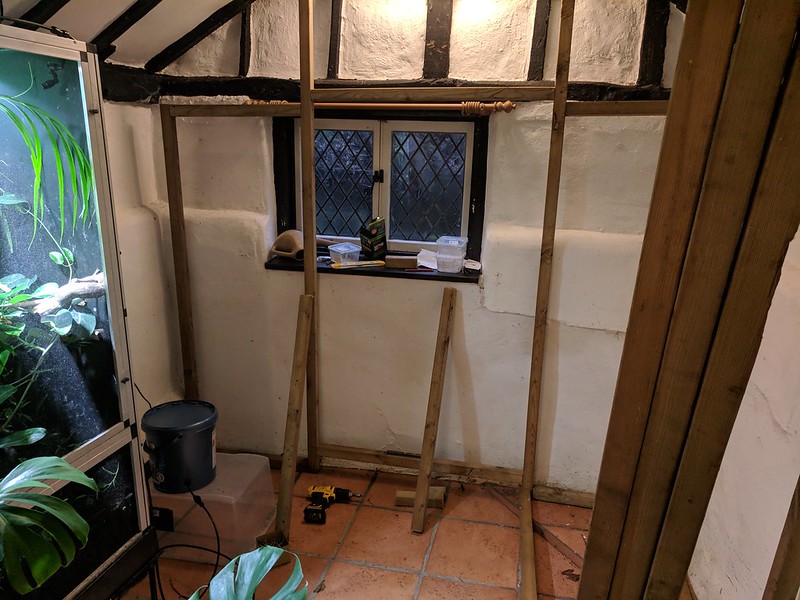
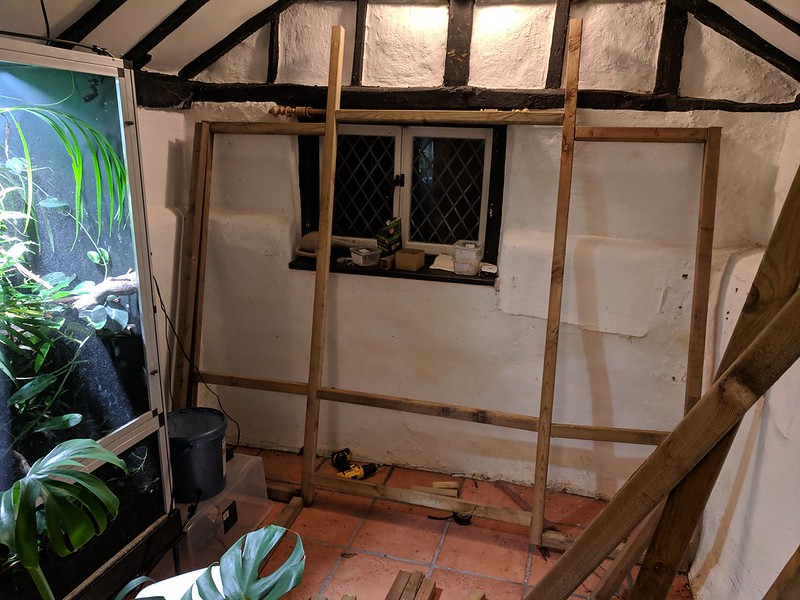
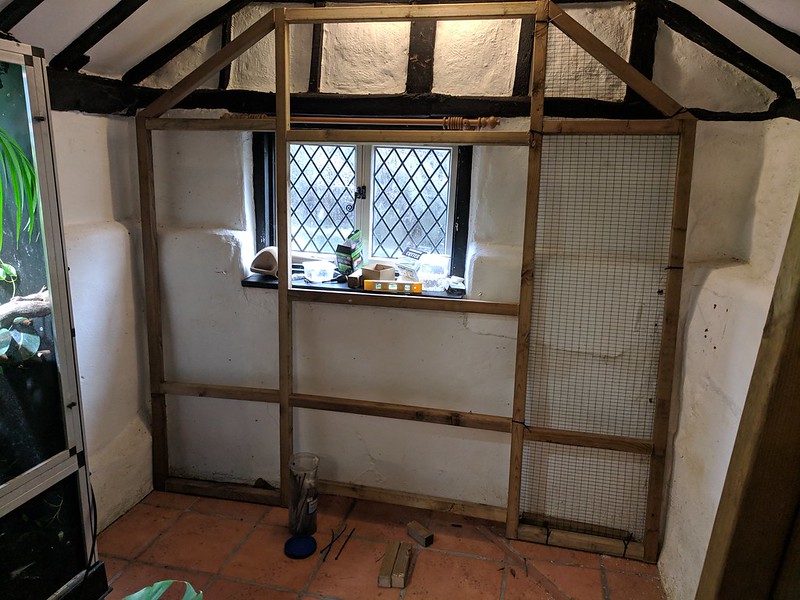
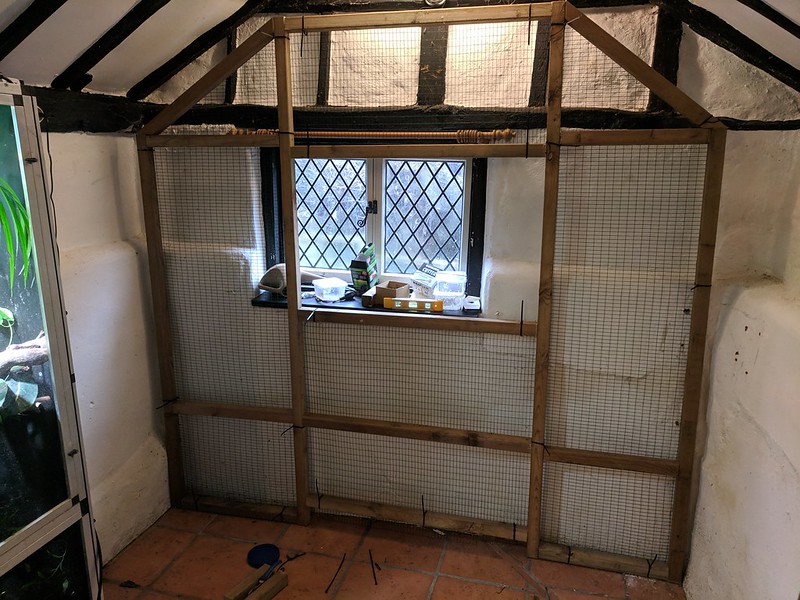
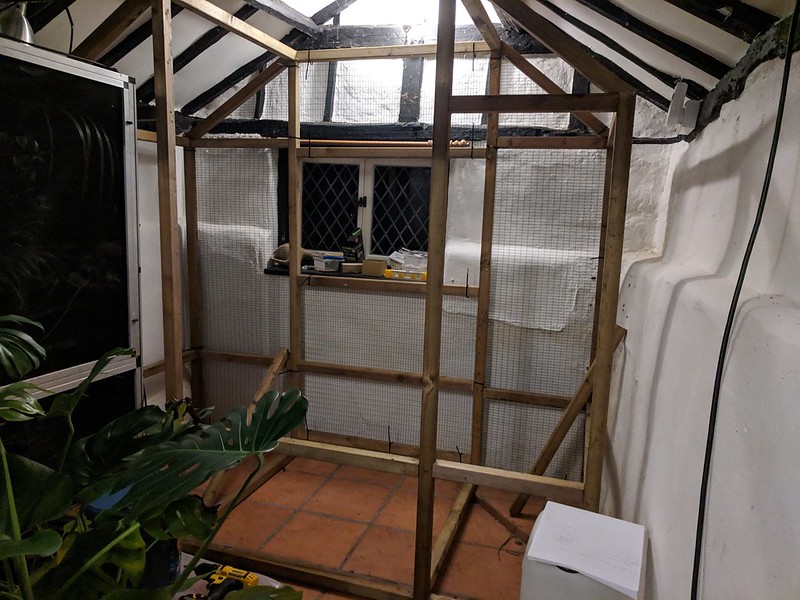
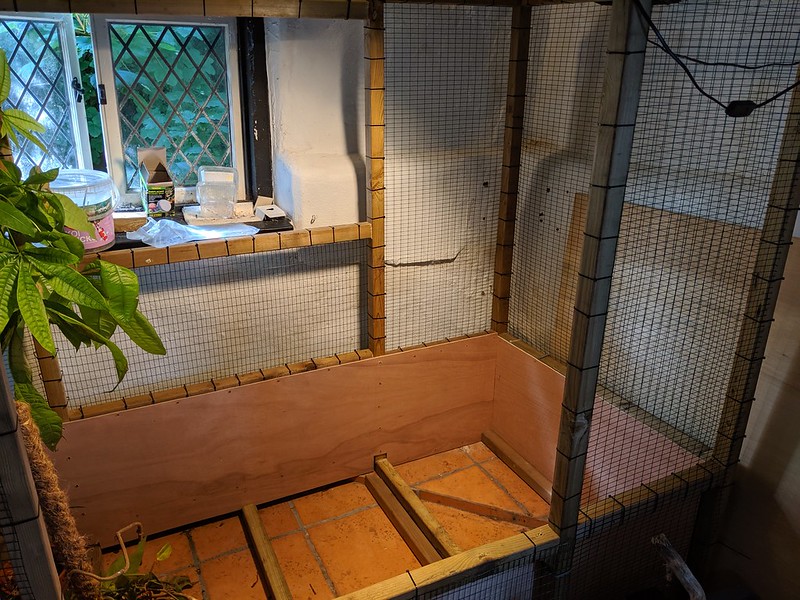
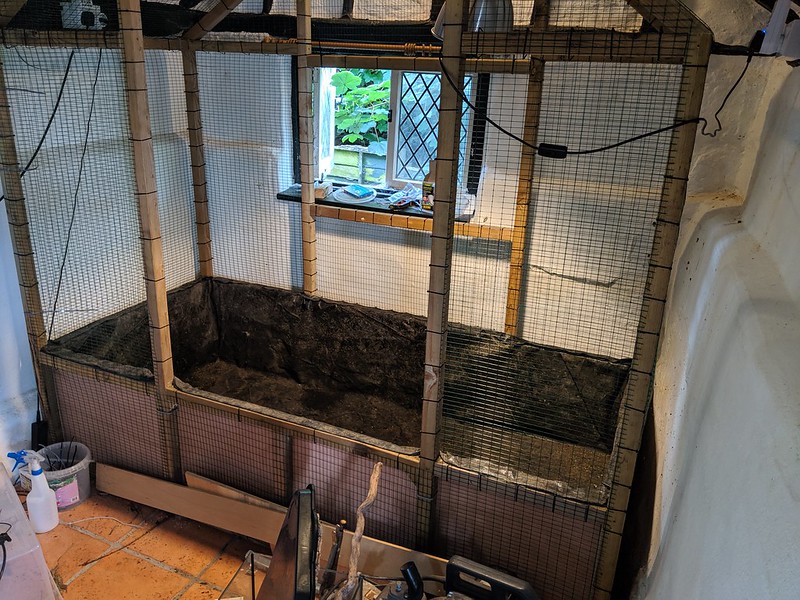
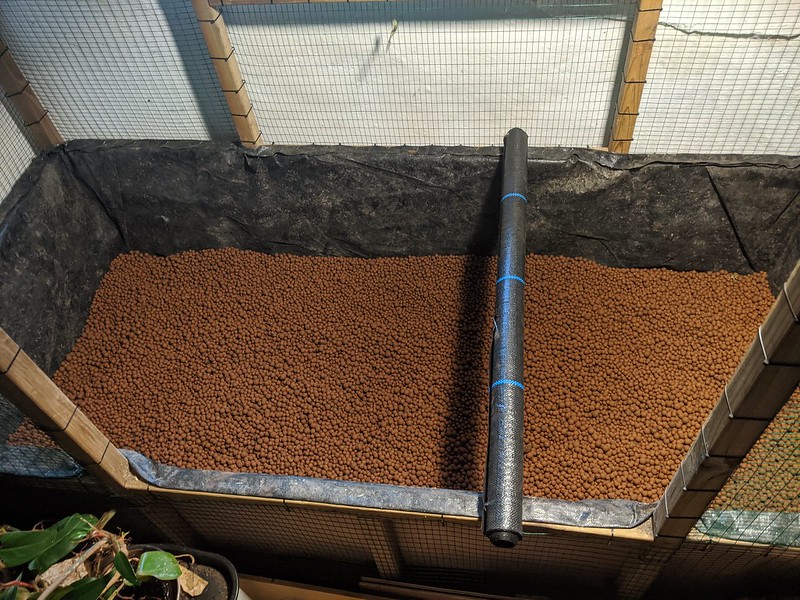
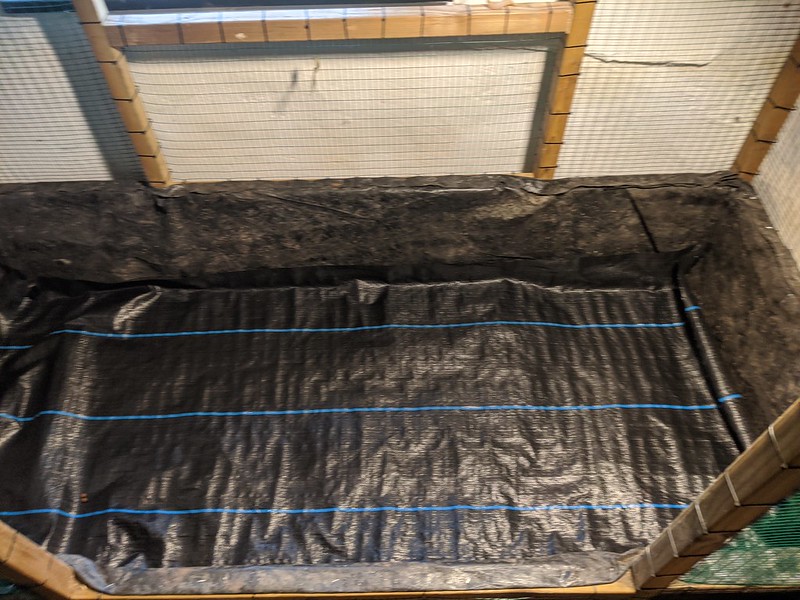
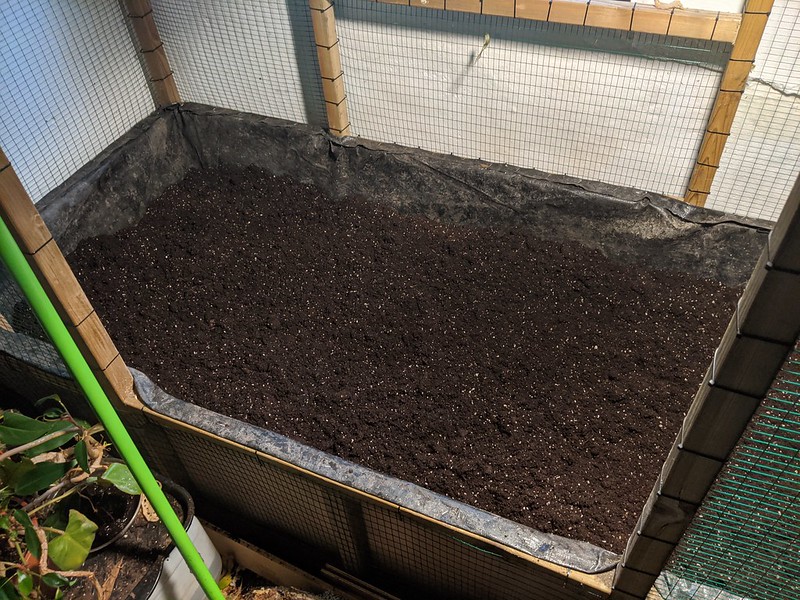
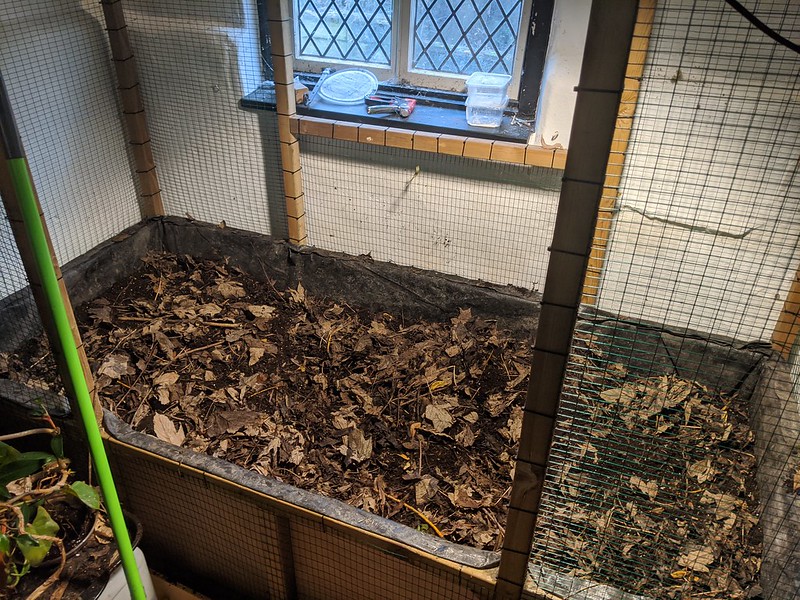
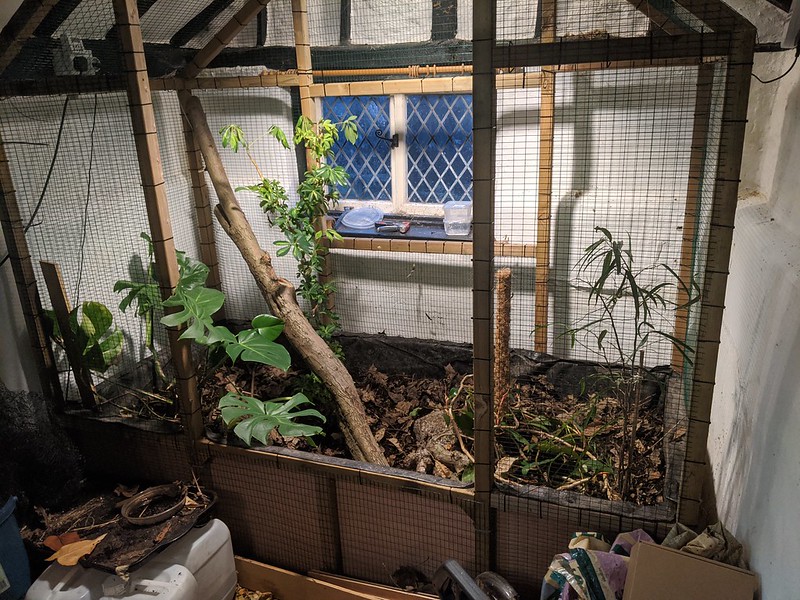
So, now you're caught up.
No its not finished still need to add more branches, plants etc these were just some spares I had
Where I could do with some help is around lighting.
I'd really like to get as close as I can to recreate a wild environment but i'd also like to minimize the chances of burns or damage to my Chameleon. Long term plan is to have a sequence of lights controlled by a smart timer that takes a weather / temp feed from somewhere in Madagascar so that day temps can vary along with regional temps.
Given the size of the enclosure, should I be looking at Metal Halide or Mercury Vapour? bulbs?
Ideally id like to provide the kind of lighting / UV levels they would see in the wild but also offer appropriate areas of shade to retreat to.
Thanks for reading, here's some pictures of Kamil, my Cham
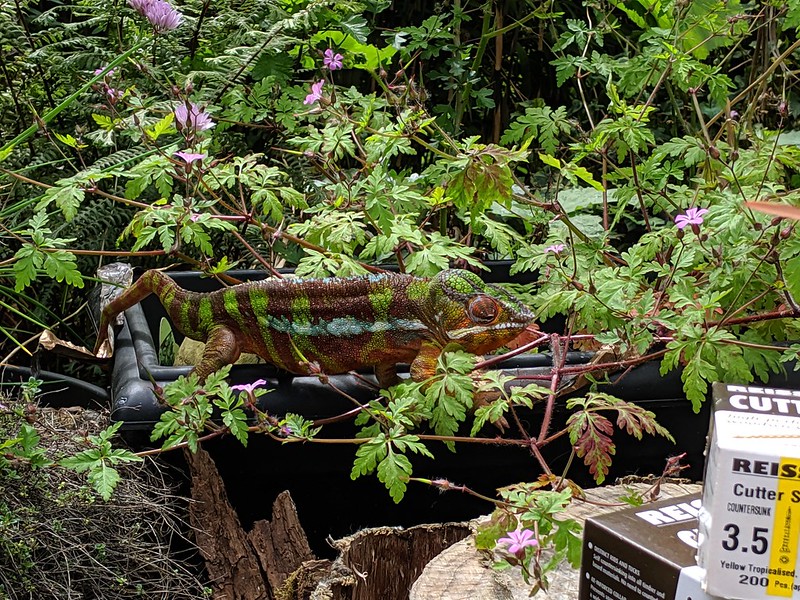
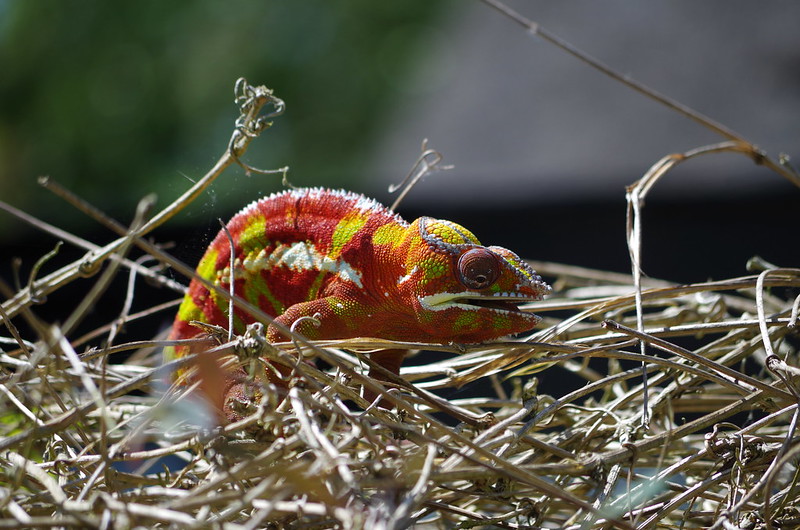
Last edited:






